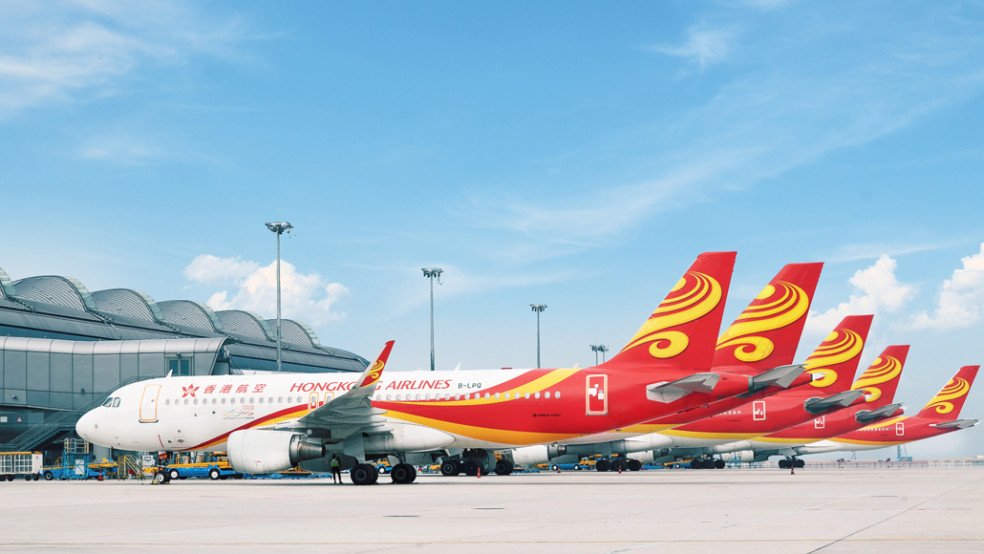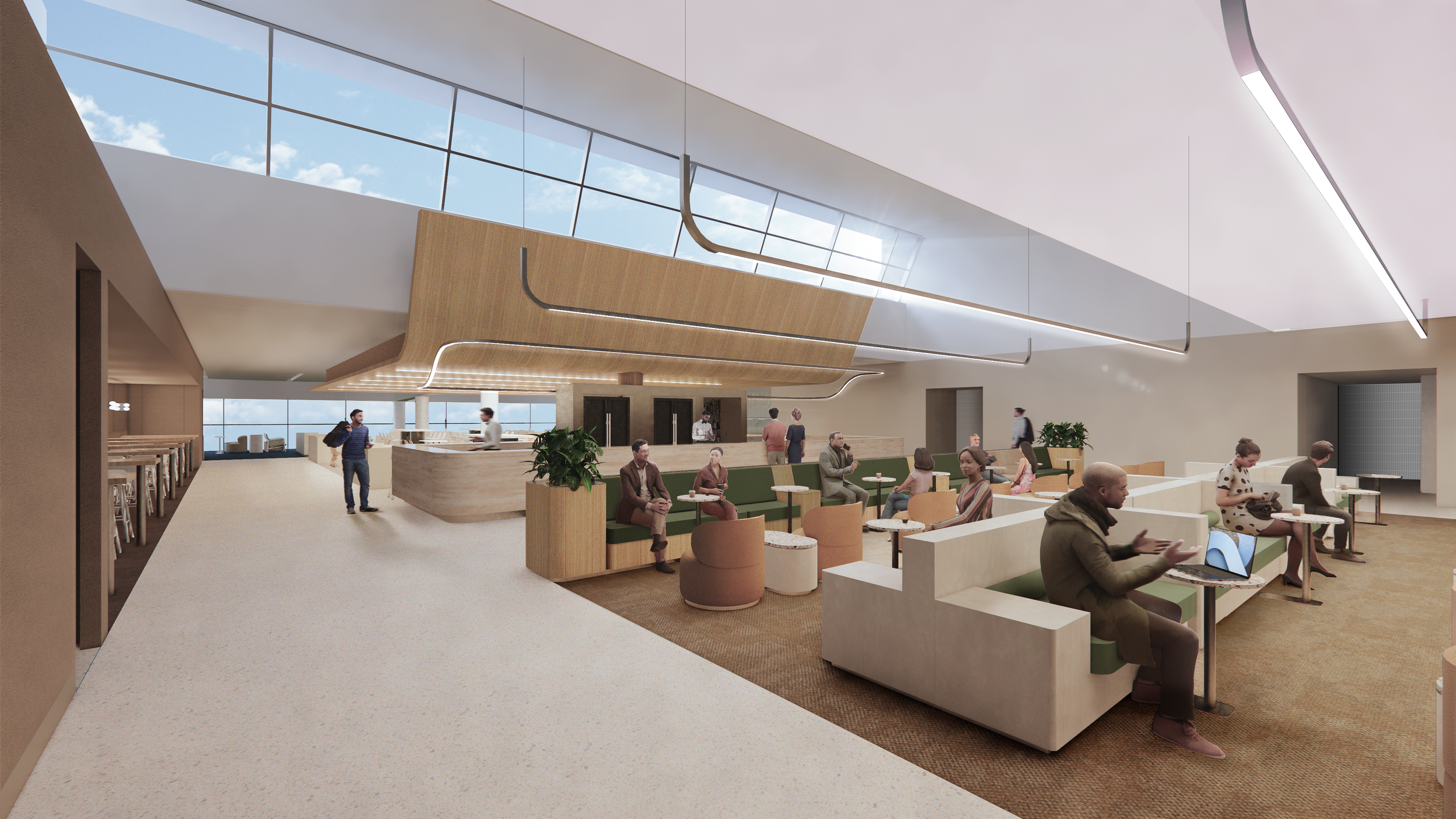Cabin Interiors Market to Grow by USD 20.95 Billion from 2024-2028

The global commercial aircraft cabin interiors market is projected to expand by USD 20.95 billion between 2024 and 2028, according to Technavio. The market is expected to grow at a compound annual growth rate (CAGR) of 15.39% during this period, driven by a rising preference for newer generation aircraft and advancements in cabin interior technologies.
Key market segments include seating, lavatory modules, windows, cabin panels and stowage bins, galleys, and lighting, with growth expected across narrow-body, wide-body, and regional aircraft types. Geographically, the market will see significant activity in North America, Europe, APAC, South America, and the Middle East and Africa.
One of the primary drivers of market growth is the increasing demand for efficient, lightweight, and reliable cabin interior products. Newer materials like lightweight composites and fire-resistant fabrics are being adopted to reduce aircraft weight and enhance safety. Smart cabin systems, offering features like adjustable seating, advanced in-flight entertainment, and improved air quality, are gaining popularity.
Collaborations among aerospace manufacturers are also fueling growth. For instance, Lilium N.V.'s collaboration with Diehl Aviation for jet cabin design, development, and manufacturing in 2022 highlights the trend of leveraging partnerships to tap into new markets and accelerate product development.
Sustainability is another crucial trend, with airlines adopting eco-friendly materials and energy-efficient systems to reduce their environmental footprint. Innovations aimed at enhancing passenger comfort and operational efficiency are continuously being integrated into cabin designs.
Despite the positive outlook, the market faces several challenges. Manufacturers need to balance increasing demand, budget constraints, and rapid delivery times while maintaining high-quality standards. Growing passenger traffic and emerging economies are driving increased aircraft orders and refurbishments, adding pressure to the supply chain.
Technological advancements and stricter regulations impose high standards on cabin interior components. Delays in sub-component deliveries can lead to order cancellations, causing significant losses for manufacturers. Additionally, the need for lightweight, durable materials and advanced cabin systems like air filtration and entertainment poses ongoing technical and cost challenges.
The market is segmented by product types, including seating, lavatory modules, windows, cabin panels and stowage bins, galleys, and lighting. The increasing focus on passenger comfort and travel experience is leading to investments in advanced materials and ergonomic designs. Airlines are also emphasizing sustainability by using recycled materials and energy-efficient technologies.
In terms of aircraft types, narrow-body, wide-body, and regional aircraft all show promising growth potential. Each segment caters to different operational needs, from short-haul domestic flights to long-haul international travel.
The commercial aircraft cabin interiors market is poised for significant growth driven by technological advancements, increasing passenger traffic, and a strong emphasis on passenger comfort and sustainability. Despite facing challenges related to supply chain management and regulatory compliance, the market offers substantial opportunities for innovation and development. Companies investing in advanced materials, smart cabin systems, and sustainable solutions are well-positioned to capitalize on the evolving demands of the aviation industry.





























